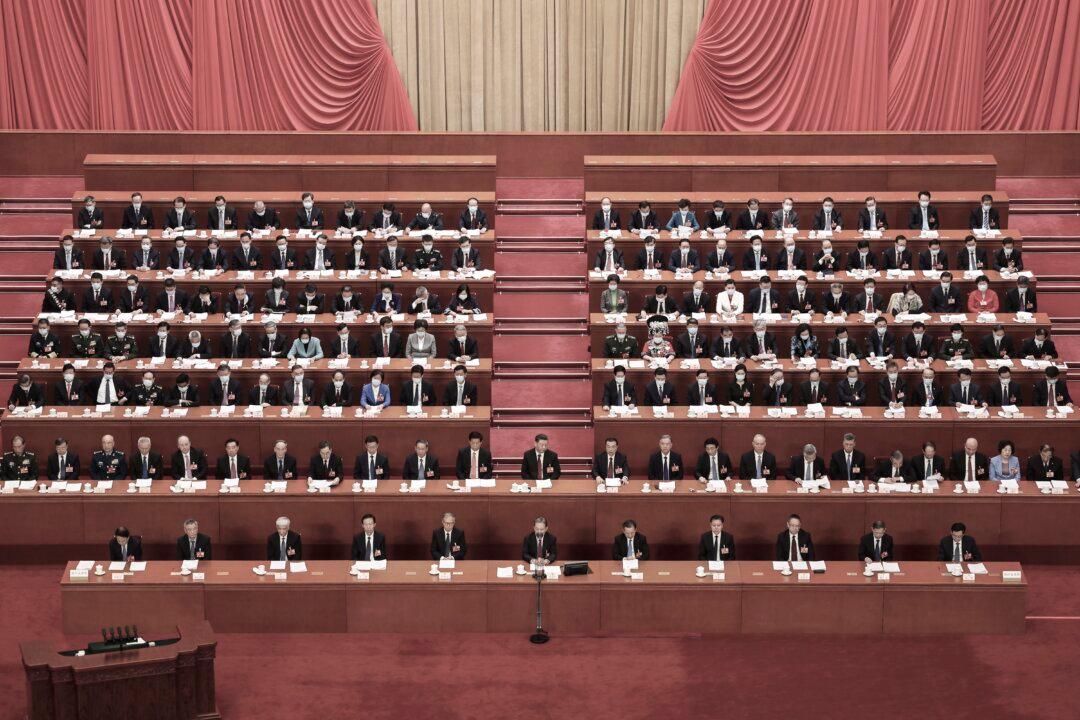China’s continued insistence on a zero-COVID policy has created severe hardships for residents and the draconian measures in use could negatively impact its GDP growth. Economists worldwide recently lowered their forecasts for China’s expected GDP growth in 2022.
On April 1, economists at Morgan Stanley slashed their full-year forecast of China’s 2022 economic growth to 4.6 percent from the previous 5.1 percent, citing the country’s ongoing Omicron variant outbreak and its “strict adherence” to a zero-tolerance policy on COVID-19, according to Bloomberg News.




